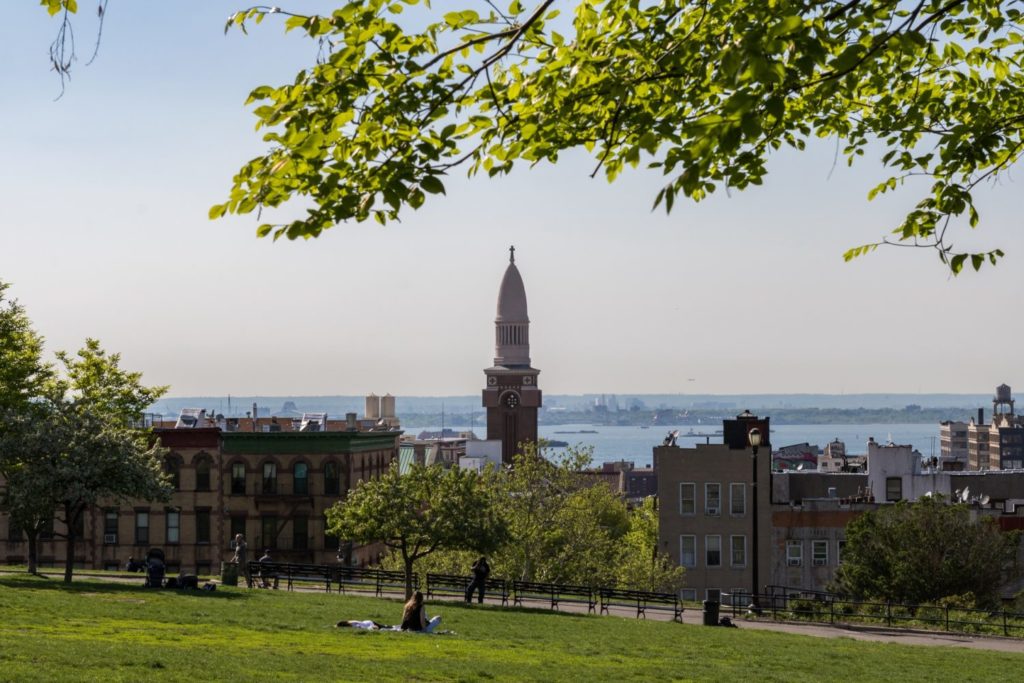Low-income neighborhoods are most vulnerable to climate change, activists say
Legacy pollution and economic burdens exacerbate effects of extreme weather events

Six-and-a-half years after Superstorm Sandy devastated New York City’s coastal communities, the city may be better prepared. But some neighborhoods, and low-income ones in particular, are most vulnerable to the increasing risks of climate change, according to climate justice advocates.
Within the five boroughs, each neighborhood faces unique challenges, but impoverished areas are affected “first and worst” by extreme weather events due to decades of legacy pollution, said Peggy Shepard, co-founder and executive director of WE ACT for Environmental Justice and a Waterfront Alliance board of trustee.
“We can look at so many communities around the country, around New York City, and see that there have been years and decades of disinvestment and benign neglect that has led to environmental degradation,” Shepard told the Brooklyn Eagle.

Brooklyn Boro
View MoreNew York City’s most populous borough, Brooklyn, is home to nearly 2.6 million residents. If Brooklyn were an independent city it would be the fourth largest city in the United States. While Brooklyn has become the epitome of ‘cool and hip’ in recent years, for those that were born here, raised families here and improved communities over the years, Brooklyn has never been ‘uncool’.